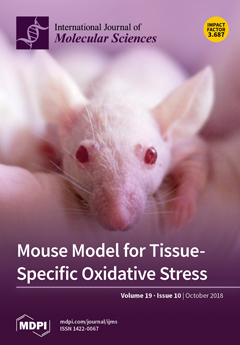Pyrus hopeiensis is a valuable wild resource of
Pyrus in the Rosaceae. Due to its limited distribution and population decline, it has been listed as one of the “wild plants with a tiny population” in China. To date, few studies have been conducted on
P. hopeiensis. This paper offers a systematic review of
P. hopeiensis, providing a basis for the conservation and restoration of
P. hopeiensis resources. In this study, the chloroplast genomes of two different genotypes of
P. hopeiensis,
P. ussuriensis Maxin. cv. Jingbaili,
P. communis L. cv. Early Red Comice, and
P. betulifolia were sequenced, compared and analyzed. The two
P. hopeiensis genotypes showed a typical tetrad chloroplast genome, including a pair of inverted repeats encoding the same but opposite direction sequences, a large single copy (LSC) region, and a small single copy (SSC) region. The length of the chloroplast genome of
P. hopeiensis HB-1 was 159,935 bp, 46 bp longer than that of the chloroplast genome of
P. hopeiensis HB-2. The lengths of the SSC and IR regions of the two
Pyrus genotypes were identical, with the only difference present in the LSC region. The GC content was only 0.02% higher in
P. hopeiensis HB-1. The structure and size of the chloroplast genome, the gene species, gene number, and GC content of
P. hopeiensis were similar to those of the other three
Pyrus species. The IR boundary of the two genotypes of
P. hopeiensis showed a similar degree of expansion. To determine the evolutionary history of
P. hopeiensis within the genus
Pyrus and the Rosaceae, 57 common protein-coding genes from 36 Rosaceae species were analyzed. The phylogenetic tree showed a close relationship between the genera
Pyrus and
Malus, and the relationship between
P. hopeiensis HB-1 and
P. hopeiensis HB-2 was the closest.
Full article






